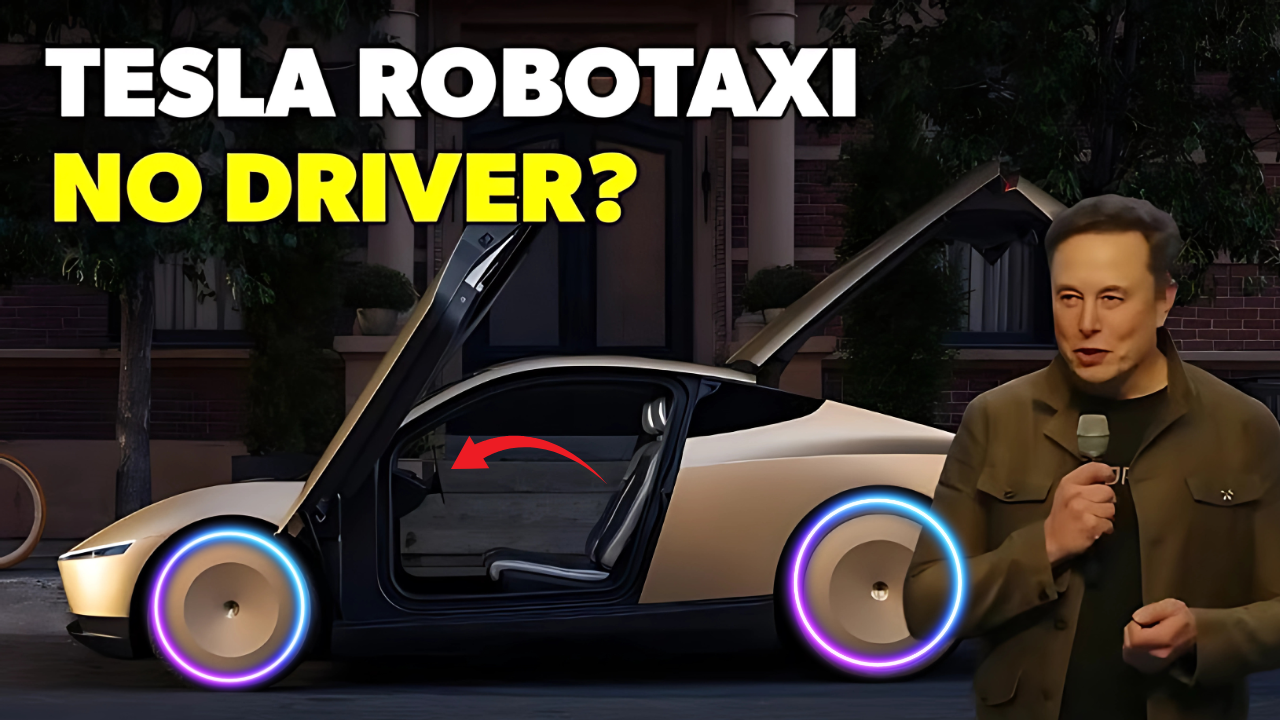Tesla has officially launched its first robotaxi rides in Austin, Texas, marking a significant milestone in the evolution of autonomous vehicle technology. This article explores the details of the launch, regulatory context, and the broader landscape for self-driving cars in the U.S.
Autonomous Vehicle Landscape in Austin
| Feature | Tesla Robotaxi | Waymo Driverless Taxi | Zoox Autonomous Shuttle |
|---|---|---|---|
| Launch Date | June 22, 2025 | Ongoing | Ongoing |
| Fleet Size | 10 | Large | Small |
| Human Oversight | Yes (Safety Monitor) | No | No |
| Service Area | Geofenced (no airports) | Citywide | Limited |
| User Base | Select Tesla users | General public | General public |
| Pricing | $4.20 flat rate | Market rate | Not disclosed |
The Launch: What Happened in Austin?
On June 22, 2025, Tesla began offering robotaxi rides in Austin, Texas, with a limited rollout. The service is currently available to select Tesla users, with only ten vehicles in operation. Each ride is accompanied by a human “Tesla Safety Monitor,” who is present to ensure passenger safety and oversee the autonomous operation. Early riders—mostly Tesla enthusiasts and influencers—have shared their experiences on social media, emphasizing the novelty and convenience of the system.

The robotaxi app has been likened to Uber by some users, with features such as importing music playlists, adjusting temperature and seat settings, and calling support during the ride. The service is geofenced, excluding airports, and operates between 6 AM and midnight. Riders are charged a flat rate of $4.20 per journey during this early access phase.
Regulatory Landscape for Autonomous Vehicles
Federal Oversight and Safety Standards
The U.S. Department of Transportation (DOT) and the National Highway Traffic Safety Administration (NHTSA) are leading efforts to streamline regulations and foster innovation in autonomous vehicles (AVs). In April 2025, the DOT announced a new framework to reduce regulatory barriers, simplify crash-reporting requirements, and develop national rules to replace fragmented local regulations.
NHTSA has also updated safety standards to accommodate vehicles without traditional controls, such as steering wheels and driver’s seats. These changes ensure that occupant safety remains a priority as the driver shifts from human to machine.

State and Local Regulations
While federal agencies set safety and technology standards, states retain the authority to regulate driver behavior and licensing. Texas, for example, explicitly permits the operation of fully autonomous vehicles under certain conditions, and local governments are prohibited from banning such vehicles.
Recent federal proposals have sought to consolidate oversight under NHTSA, potentially limiting state powers to regulate AV design and testing. This approach aims to create a uniform regulatory environment that accelerates deployment and innovation.
Competitive Landscape: Tesla, Waymo, and Zoox
Austin has become a hub for autonomous vehicle testing, with Waymo scaling up its service in partnership with Uber and Amazon’s Zoox also conducting trials in the area. Early Tesla robotaxi riders noted seeing multiple driverless Waymos pass by as they waited for their Tesla ride, highlighting the competitive environment.
| Company | Service Type | Current Status in Austin | Unique Features |
|---|---|---|---|
| Tesla | Robotaxi | Limited rollout (10 cars) | Human safety monitor, app integration, flat rate |
| Waymo | Driverless taxi | Scaling up, partnered with Uber | Fully autonomous, large fleet |
| Zoox | Autonomous shuttle | Testing in the area | Purpose-built vehicles |
Safety and Public Perception
Tesla’s initial robotaxi rides are closely monitored, with a safety monitor present in each vehicle. Livestreams from early riders show the monitor gripping a handle on the passenger seat, possibly equipped with emergency controls, though this has not been officially confirmed.
Public perception is mixed, with early adopters generally positive but also noting challenges such as limited vehicle availability and the need for human oversight. The presence of a safety monitor reassures some riders, while others look forward to fully autonomous operation in the future.
Government Initiatives and Support
Federal Programs
The U.S. DOT is investing in research and development to ensure that autonomous vehicles benefit all Americans. In December 2023, the department announced a $25 million Rural Autonomous Vehicle (RAV) Research Program to support the deployment of AVs in rural and Tribal communities. This initiative aims to address mobility disparities and improve safety in underserved areas.
State Initiatives
Many states have enacted laws to facilitate AV testing and deployment. As of 2024, 40 states and Washington, D.C., have established frameworks for AV research and operation, reflecting a patchwork of regulations that companies must navigate.
Future Prospects
Tesla CEO Elon Musk has stated plans to expand the robotaxi fleet to 1,000 driverless vehicles within a few months. The company also intends to operate its robotaxi network using an “unsupervised” version of its self-driving software, signaling a shift toward full autonomy.
The federal government continues to refine its regulatory approach, with new rules expected to take effect by 2027. These changes will further clarify safety requirements and operational standards for AVs.
FAQs
Q: Is the Tesla robotaxi fully autonomous?
A: No, each ride currently includes a human safety monitor for oversight and emergency control.
Q: How does the regulatory environment affect Tesla’s robotaxi rollout?
A: Federal and state regulations allow for testing and limited deployment, but full autonomy will require further regulatory approval.
Q: What sets Tesla’s robotaxi apart from competitors?
A: Tesla’s integration with its existing user profiles and app ecosystem, as well as its flat-rate pricing during early access, are key differentiators.
Read More- Toyota Hilux 2025: Full Specs, Trim Prices & Real‑World Review Guide

